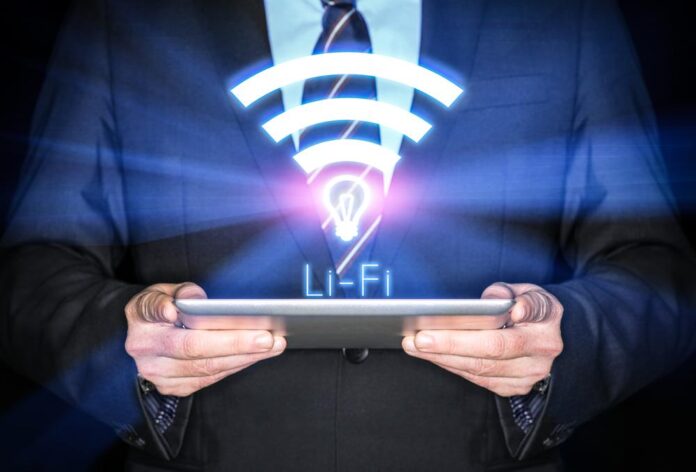From ordinary day-to-day tasks to work-related transactions to social arrangements, nearly all of us use the Internet to conduct our daily routines and everyday affairs. The presence of wireless connectivity allows us to do online banking, chat with friends and family, check the weather, play games, send e-mails, shop online, or entertain ourselves.
According to the numbers of Statista, the number of households with fixed subscriptions already reached over 120 million from 2000-2020 in the United States alone. Meanwhile, Cisco Visual Networking Index: Global Mobile Data Traffic Forecast Update from 2017-2022 also presented a forecasted figure that mobile data traffic will increase by about 77.5 exabytes per month in 2022.
This only shows that the ever-growing need for Internet access continues to skyrocket and it will continue to increase in number in the coming years.
How would this affect the current wireless network that we have? There are a lot of questions in line.
Just like all technology, one thing emerges after another and this is where LiFi enters the equation.
LiFi: What Is It?
LiFi stands for Light Fidelity and is an emerging wireless network system that offers faster, safer, and more secure connectivity. It utilizes light and does not use radiofrequency to transmit data. It is an alternative to WiFi but it sends and receives information through the use of the visible light spectrum.
The pioneer of the tech is Edinburgh University Mobile Communications Professor Harald Haas. He introduced LiFi in his TEDGlobal Talk in 2011. He demonstrated how a LED light bulb can transmit far more data compared to a cellular tower.
While WiFi works today, it can struggle in the near future from oversaturation. WiFi has limitations such as security, range, reliability, and speed. LiFi, under research and development, has shown promising results that can support these limitations.
LiFi can transmit data a hundred times faster than WiFi. It has recently managed to achieve 1Gbps real-world results during testing. According to experts, LiFi has a potential top speed of up to 224 Gbps which means you can download about 28 1Gb movies in just one second. A speed-of-light Internet connection can save us time, energy, and money.
How Does LiFi Work?
LiFi uses Visible Light Communications (VLC) system for data transmission. LiFi networks are bi-directional. It is not a different way to get internet but rather a new way to deploy internet.
The LED light act as an access point for data. It is essentially the router.
The receiver will decode the impulses of light (data) emitted by the source, but we won’t be able to see any flickering. These modulations or pulses occur a million times per second and it won’t be noticeable in any way.
What Are The Benefits of LiFI?
Wherever there is a converted light bulb around, you can get internet access, but the most significant advancement and advantage of LiFi is its speed. Along with that is its capability to accommodate and drive more significant bandwidths.
Since LiFi uses light as a source for data transmission, it is more secure than the current technology. Radiofrequency can pass through the walls while light can be contained in a room. This means that the network can’t be easily breached.
Another leverage of the emerging LiFi technology is low-power operation. It only uses an already-powered light source so there is no need to power any router, radio circuit, and complex receiver. LiFi will help us save money and use less energy. Setting it up is simple and affordable too. It is also far safer for us because it does not release radiofrequency radiation.





